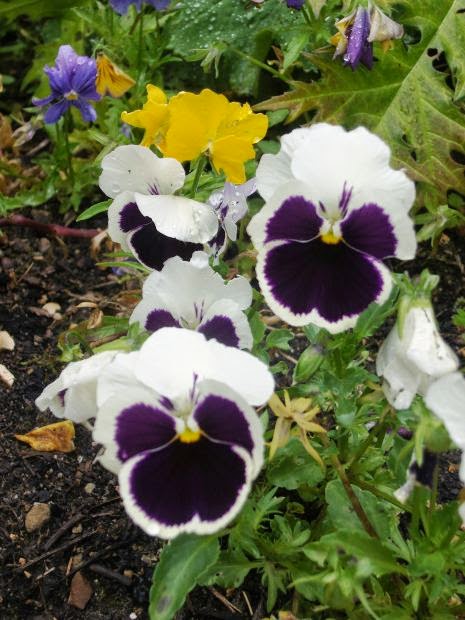One of the best ways to keep your garden birds well fed is to put out fat balls for them in wire cages (not the plastic bags) You can make your own by melting ordinary suet into moulds – you can use things like a log with a hole drilled into it or even a coconut shell if you have one. Try making the balls from different recipes, too, so that you’ve got something for all the different birds. Finches like berries, tits like insect cakes and starlings will go mad for peanuts.
Add some seeds too – birds need these to help them get a balanced diet, and smaller birds also like to munch the seeds from sunflower heads if you have any. Fill a wire mesh feeder with nuts and/or seeds and place them around the garden. If there are no marauding cats around, you could also add some seeds to a wire mesh ground feeder; robins love them.
Thrushes and blackbirds will soon clear up any over-ripe apples, and like leftover fruit and raisins, so you can also add those to the ground feeder.
Looking after other creatures
Small animals can be overlooked in winter as they crawl into what they think are cosy places to hibernate. For this reason, always check compost heaps and bonfires for sheltering and hibernating animals, like hedgehogs, toads and frogs.If your pond ices over, melt a hole in it so that wildlife can drink, and also get in and out of the water. The best way to do this is by sitting a saucepan filled with hot water on the ice to melt a hole, rather than simply tipping hot water onto it, hitting or cracking the ice which can create harmful shockwaves.
Put out a shallow container of water for birds and animals who need access to it.Leave herbaceous and hollow-stemmed plants unpruned until the winter months have passed, so that animals can shelter in them during the colder periods.
These tips should make sure that your garden is a welcoming safe haven for any wildlife that makes its way there this winter!


